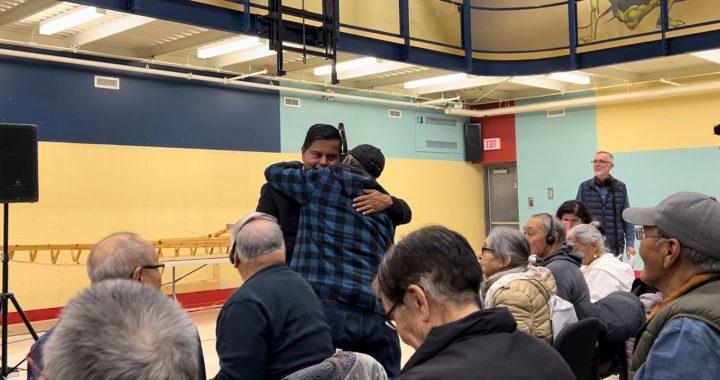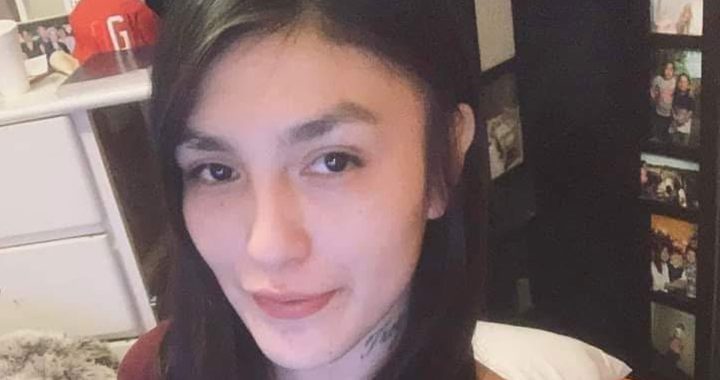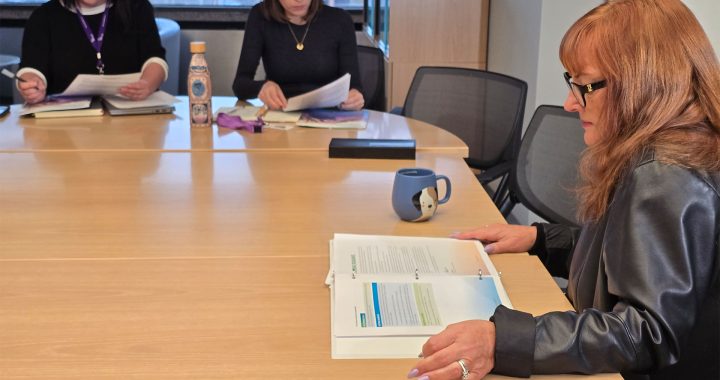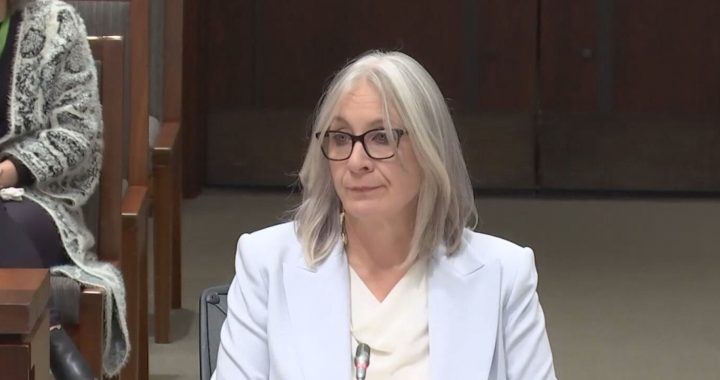The murder of George Floyd by a Minneapolis police officer in May 2020—caught on video and shared around the world – put the spotlight on policing like never before.
Black Lives Matter and Indigenous Lives Matter movements suddenly found a broader audience and new allies. From that, came calls to defund police. A notion that might sound crazy at first, but Sandy Hudson of Black Lives Matter Canada says the branding is abrupt enough to grab attention and make people want to know more.
“We haven’t tried taking power away from police to enact their violence against members of our community, by defunding them and putting that money into better methods of creating safety,” Hudson explains.
Some of the rank and file themselves say it’s time to re-imagine community safety and re-think how that takes shape. Who responds to certain calls? How to reduce police interactions? All of these discussions are taking place in the wake of George Floyd’s murder and the movements that grew from that.
Saskatoon has a large urban Indigenous population and put itself on the map for starlight tours – a practice where police would drive Indigenous men, usually for being drunk or disorderly, outside city limits to leave them to find their way back. At least three men died of hypothermia including Neil Stonechild. The practice went on from the 1970s to early 2000s.
Saskatoon Police Service got its first Indigenous police chief in 2018.
Troy Cooper, who is Métis, made it a priority to repair the relationship police had with Indigenous people in Saskatchewan’s largest city.
He says the call to defund police is more of call to “define” policing in Canada and Saskatoon.
There’s an appetite to change the approach to community safety, whether it involves another type of service dealing with mental health and wellness calls, unarmed police attending certain situations, a specialized team of professionals to handle family disputes – the list could be long and potential endless.
“We’re trying to find out exactly what the community wants,” he says. “It’s an opportunity for us to look at our role and try to match our response to what the community is actually asking for. I think right now people are asking for a co-production of community safety.”
“Police on their own are ineffective” in making a community safe and partnerships are “critical.”
They work closely with a new program spearheaded by the Saskatoon Tribal Council (STC) called Sawêyihtotân – which means “to bless each other through our show of respect for each other.”
It’s an outreach program that aims to assist those at high risk of police interaction due to mental health, addictions or homelessness.
“These are our relatives,” says STC Chief Mark Arcand . “The people we working with are still family – related to someone. They just have challenges.”
Outreach workers are in their own clothes. They have the lived reality of being Indigenous. They’re non-threatening and don’t tote guns.
Arcand says it adds up to a level of trust that can de-escalate a situation that might be fueled by police presence.
“Our people will talk to us more in the way we’re trying to help them and we understand them –they come to us because we don’t judge them,” he says.
Both Cooper and Arcand says it’s working and the Government of Saskatchewan extended the trial time and added more funding.
Edmonton Police Service Chief Dale McFee says building relationships with grassroots organizations will lead to partnerships that could satisfy some of the defund police sentiment in finding new ways to handle calls for service and reduce police interaction.
“A lot of the little things add up to big things,” says McFee. “A lot of communities as you know, in a racialized environment are struggling and I think the best we can do is get underneath them and help them create some sustainability and help change some of these social issues that are driving calls for services.”
Last fall – while BLM/ILM and defund police movements were in full swing and more mainstream discussions were being had about policing — Edmonton created a first-of-its kind Community Safety and Well-Being bureau.
Winnipeg Police Service Chief Danny Smyth says it’s been a difficult 12 months for officers in Manitoba’s capital.
Four police-involved shootings during a pandemic in the midst of the George Floyd murder and the movements that followed, have taken a toll on police morale.
Doubling down on relationships with grassroots organizations like the Bear Clan and others helps, as does adherence to best practices in policing but he said the public should realize police aren’t a threat to anyone’s safety and the numbers show that.
“Perspective is important. When you look at police interactions versus injuries or death it’s a small number,” Smyth says. “0.3 per cent of the time, we’re involved in any use of force, never mind lethal force.”
Damon Johnston, head of the Aboriginal Council of Winnipeg has publicly supported Smyth and the WPS while Manitoba Metis Federation President David Chartrand took out a full page newspaper ad singing their praises earlier this year which drew backlash from some Métis.











